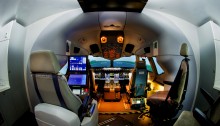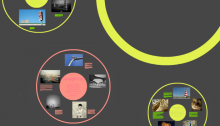Simulation: An Approach to Teaching and Learning
Simulation refers to the imitation of real-world activities and processes in a safe environment. Simulations aim to provide an experience as close to the ‘real thing’ as possible; however, a simulated activity has the advantage of allowing learners to ‘reset’ the scenario and try alternative strategies and approaches. This allows learners to develop experience of specific situations by applying their wider learning…



